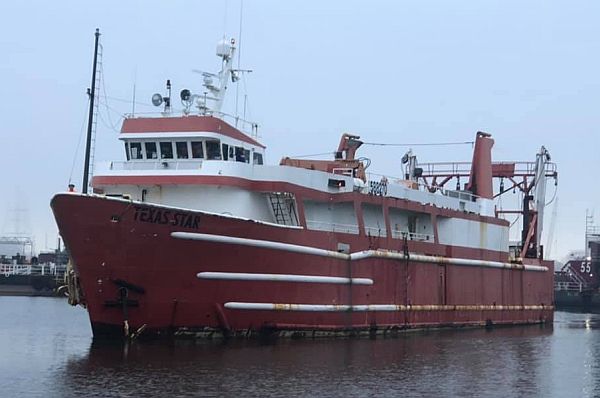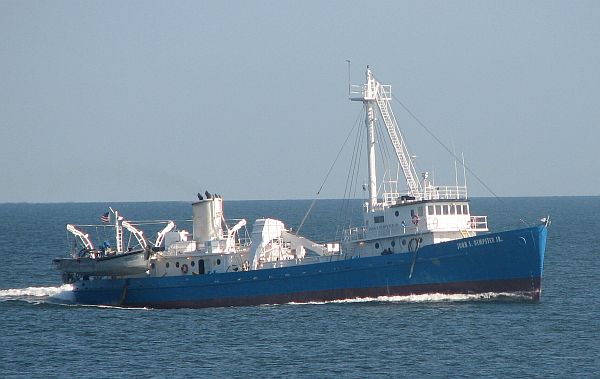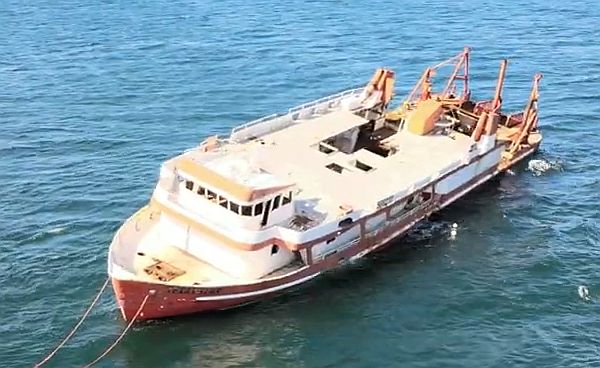Artificial Reefs History (1/6)
New Developments in Artificial Reefs
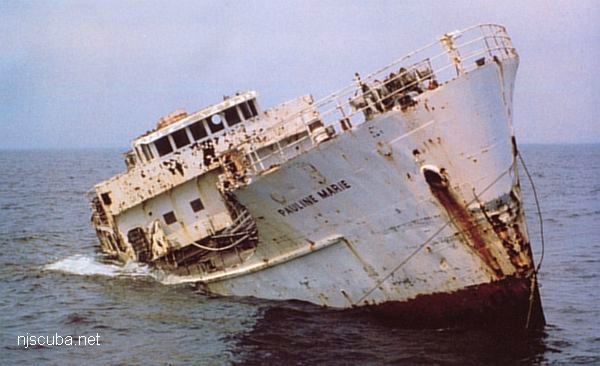
By Evelyn DeWitt Myatt & Bill Figley, 1986
It's hard to imagine anything that could have looked more forlorn than the rusty old freighter whose proud seagoing days were a thing of the past. Floating idly at her berth awaiting her fate, she was a victim of nature's ravages that had left her beautiful only in the eyes of her old captain and crew. The Pauline Marie, however, was not destined to be the victim of a cutting torch that would turn her into a tangle of scrap steel. Instead, she was acquired by the New Jersey Artificial Reef Program and went down with dignity as an artificial reef in March 1985. She now provides continuing services from her watery grave in the Atlantic, some twelve miles off Atlantic City, and her appeal to marine life is undeniable. Her interior compartments now shelter fish and crustaceans; her decks now provide substrate for mussels, soft corals, and plant life; and her newfound productivity has put delicious seafood on many tables.
The Pauline Marie literally "went down" as part of New Jersey's more recent artificial reef history. Artificial reefs, as most anglers know, are man-made structures placed on the ocean floor to attract fish. This practice has a history going back about two centuries in the United States. New Jersey's artificial reef history spans about fifty years, beginning in 1935 with the industrious efforts of the Cape May - Wildwood Party Boat Association. Veteran saltwater sportfishing enthusiasts may remember that this group sank vessels and other materials about 10 miles off Cape May Inlet to form the Cape May - Wildwood Fishing Preserve, then enticed trainloads of Philadelphia anglers to the area with the fulfillable promise of excellent fishing on the preserve.
So successful was this venture that the idea of artificial reefs caught on quickly, with the Atlantic City Chamber of Commerce being the next group to build a reef nearby. After that, the trend spread northward along the coast, and by 1937 the Brielle Chamber of Commerce had begun construction of a reef off Manasquan Inlet. The same year another reef was built off Sandy Hook, utilizing rocks and rubble excavated during the construction of New York's subway system. Soon artificial reefs, or "fish havens, " dotted the New Jersey coastline, imaginatively built from a hodge-podge of materials that included Christmas trees, car bodies, tires, old vessels, and concrete rubble.
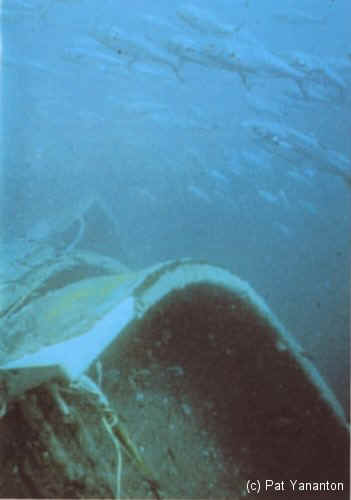
The high profile of a shipwreck attracts a school of foraging bluefish.
Artificial reef construction declined in the 1940s because of World War II, but during that period hundreds of vessels were torpedoed and sunk by German U-boats, becoming de facto artificial reefs. The 1950s and 1960s brought renewed efforts at artificial reef construction, as recreational saltwater fishing became a popular pastime for millions and privately owned pleasure boats became more commonplace. By the mid-'60s, the scientific community also became involved in artificial reef construction in New Jersey when Sandy Hook Laboratory began investigating experimental artificial reefs as fishery management tools.
In addition to research of artificial reefs to better understand their effects, Sandy Hook personnel were instrumental in promoting reef construction, advising potential reef builders on how to build reefs for best results and serving as an intermediary for obtaining surplus government materials, such as decommissioned Navy vessels, for use on artificial reefs. This promotion led to new artificial reef construction by private groups between the late 1960s and early 1980s, when Sea Girt, Garden State, and Stork reefs were built.
It's obvious from this brief history that artificial reefs aren't novel to our coastline, but just where are these artificial reefs into which historic efforts were placed? With few exceptions, like the Subway Rocks and Sea Girt reefs, most have not withstood the harsh demands of the marine environment and have subsequently disappeared into the ocean floor or have been swept away by storms and currents. Others may still be doing their jobs, but for all practical purposes, they're lost to the fisherman because they're unmarked and their locations generally unknown.
To keep history from repeating itself, significant new artificial reef developments are taking place. The Department of Environmental Protection's Marine Fisheries Administration has planned a statewide network of artificial reefs that will involve the placement and management of a reef ( or series of reefs ) within reasonable traveling distance from each major inlet between Sandy Hook and Cape May. For saltwater anglers, this means many more exciting sport fishing opportunities will be available than have been in recent years, and catches should show notable increases as the new artificial reef network becomes well established.
This article first appeared in New Jersey Outdoors - May/June 1986
Here is a chronological listing of all the vessels sunk by the New Jersey Artificial Reef Program and neighboring states in recent history.
2025
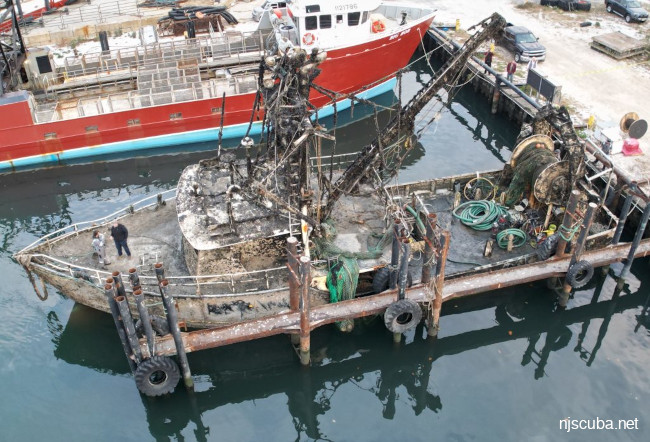
| Date | Name | Type | Size | Location |
|---|---|---|---|---|
| Feb 13 | Susan Rose * | trawler | 77 ft | NJ Manasquan |
* unpublished
2024

| Date | Name | Type | Size | Location |
|---|---|---|---|---|
| Jan 4 | Socatean | trawler | 88' | NY Mattituck |
| Apr ?? | Carrabassett * | trawler | 90' | NJ Axel Carlson |
| July 22 | Mayor Grady | fireboat | 86' | DE Reef #11 |
| July 22 | TD-21 | tugboat | 86' | DE Reef #11 |
| Aug ?? | Jana Marie | trawler | 70' | NY 12-Mile |
| ?? | Irvington | barge | 60' | NY Fire Island |
* unpublished
2023
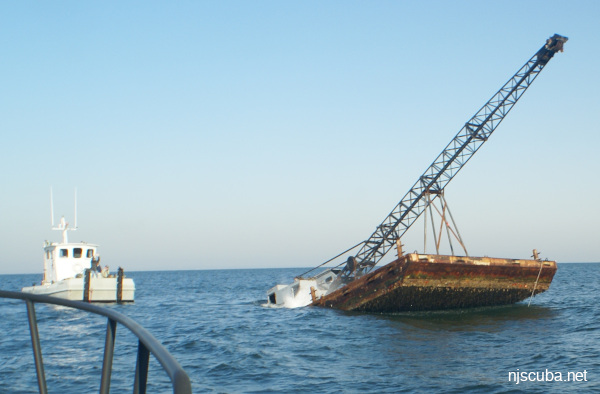
| Date | Name | Type | Size | Location |
|---|---|---|---|---|
| June 29 | Tibor | tugboat | 45' | NJ Barnegat Light |
| July 7 | New England Coast * | tugboat | 105' | NJ Shark River |
| July 25 | 40' barge | barge | 40' | NY Matinecock |
| August 11 | Storm | trawler | 95' | NJ Garden State N |
| August 11 | Ocean Cat | trawler | 90' | NJ Cape May |
| Nov 16 | Lund's | barge | 156' | NY Port Jefferson |
* unpublished
2021
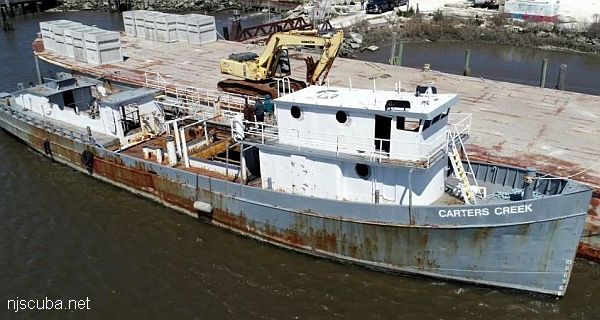
| Date | Name | Type | Size | Location |
|---|---|---|---|---|
| Jan 14 | Ranger | tugboat | 65' | NJ Manasquan |
| Jan 14 | barge etc | barge, tugboat | 140' | NJ Little Egg |
| Jan 21 | John S Dempster Jr. | trawler | 166' | DE DelJerseyLand |
| May 19 | Carter's Creek | trawler | 140' | NJ Manasquan |
| August | Big Time | motor yacht | 55' | NY Fire Island |
| Nov 5 | Shannon C | barge | 60' | NY Shinnecock |
| Dec 21 | Chickadee | tugboat | 45' | NY McAllister |
| Dec 21 | Barge 226 | barge | 80' | NY Smithtown |
2020
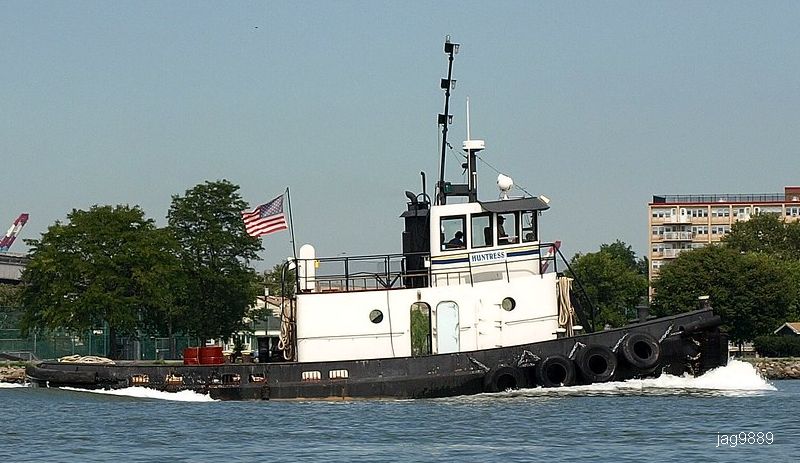
| Date | Name | Type | Size | Location |
|---|---|---|---|---|
| Jun 8 | caisson | 150' | NJ Deepwater | |
| Jun 9 | Vinik Huntress | tugboat | 65' | NJ Sandy Hook |
| Aug 14 | Reedville | freighter | 166' | DE Reef #11 |
| Sep 16 | Jane | tugboat | 70' | NY Hempstead |

